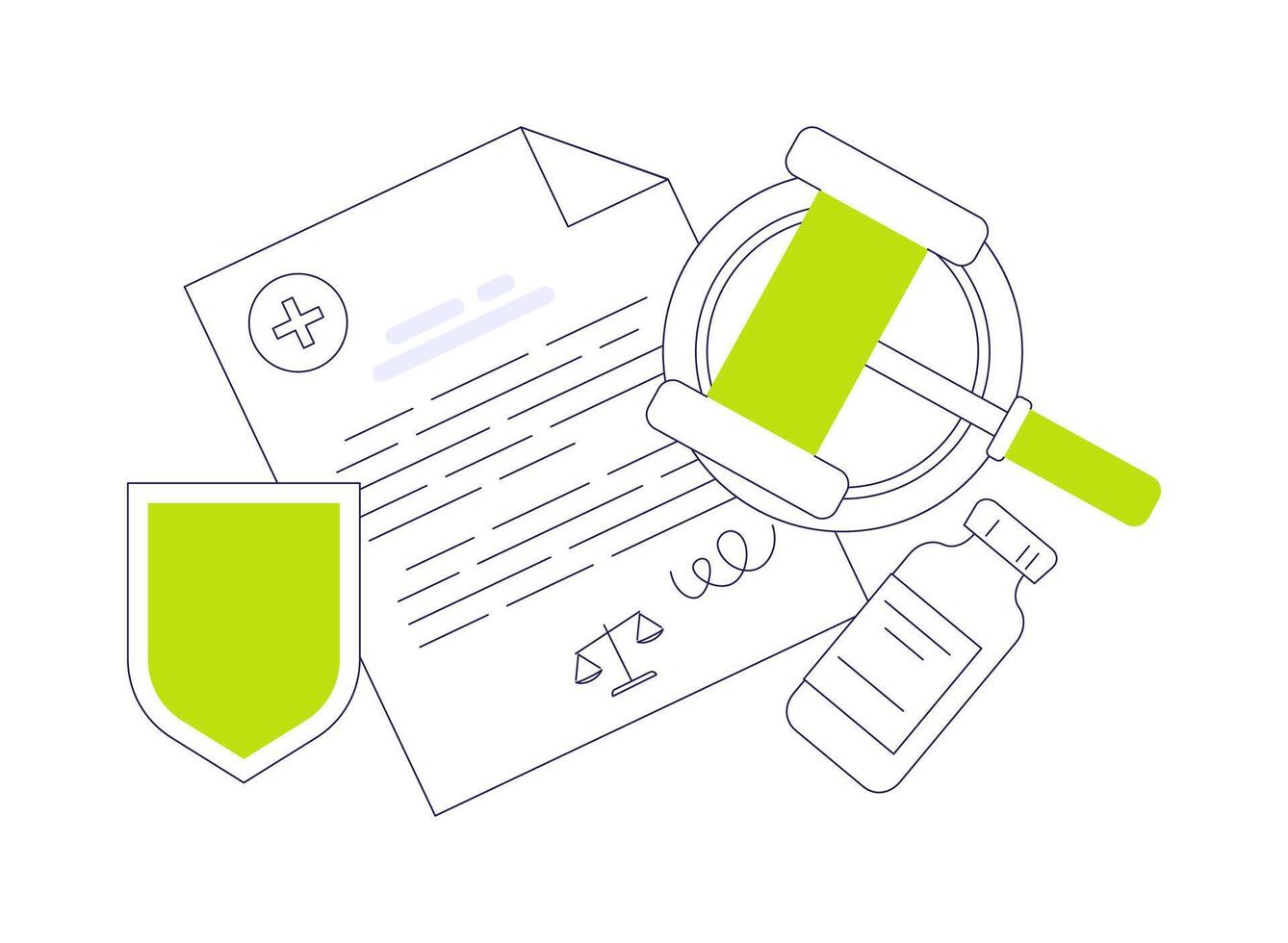In the bidding process, tender document translation plays a pivotal role. It must comprehensively convey the bidder's intentions without any room for error. Additionally, the tender document serves as the foundation for the bidder to formulate bidding strategies and must strictly respond to the tenderer's requirements; otherwise, it may face the fate of being an invalid bid (i.e., deemed as a rejected bid). Tender document translation combines the characteristics of legal and business translation, requiring both the precision of a legal offer and the persuasive commercial language to win the tenderer's trust. So, as professional translation service providers, how do we ensure high-quality tender document translation?
1.Precisely Communicate the Company's Core Values. The tender document is a platform to showcase a company's strength and value. During translation, it is essential to ensure the precise communication of the company's core philosophy and values. This requires translators to have a deep understanding of the company's culture and industry background, selecting appropriate vocabulary and expressions to highlight the company's unique advantages and core competitiveness.
2.Follow Industry Standards for Tender Document Translation. Tender document translation must conform to industry standards, adhering to established formats and terminology to ensure professionalism and authority. Translators should master professional skills for tender document translation, such as accurately translating terminology, using punctuation marks correctly, and maintaining consistent formatting, to enhance the professional image of the tender document.
3.Emphasize Fluent and Easy-to-Read Language. Tender document translation must not only be accurate but also fluent and easy to understand. Long sentences should be appropriately split to avoid cumbersome rhetoric and complex sentence structures, facilitating readers to quickly grasp the information. Additionally, key content can be highlighted using different fonts or colors to attract readers' attention.
4.Focus on Concise and Refined Language. With limited space in tender documents, every word and sentence must be fully utilized to showcase a company's advantages. During translation, attention should be paid to concise and refined language, eliminating redundant words and phrases to make the information more compact and powerful. Meanwhile, maintaining a clear logical structure facilitates readers' understanding of the information architecture.
5.Ensure Translation Accuracy and Consistency. Tender document translation must strictly follow the original text, ensuring grammatical, semantic, and logical accuracy. Furthermore, consistency in translation must be maintained, especially in terminology, formatting, and style, to avoid contradictions.
6.Attach Importance to Review and Proofreading. After tender document translation is completed, thorough review and proofreading are required to ensure translation quality. During the review, the original text should be checked sentence by sentence to correct any potential errors. During proofreading, attention should be paid to details such as grammar, punctuation, and formatting to ensure the completeness and consistency of the document.
In summary, tender document translation is a complex and critical task. By focusing on details in the source document, understanding professional terminology, ensuring fluent and accurate translation, paying attention to localized text, and paying attention to formatting and layout, we can create a perfect tender document translation, helping companies stand out in the fierce market competition.











